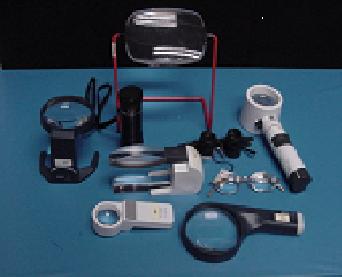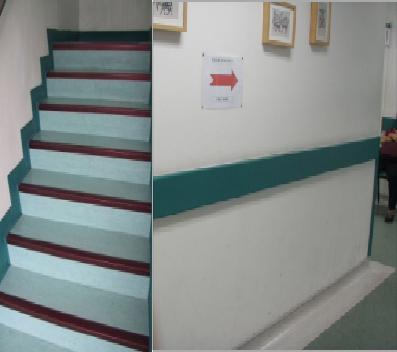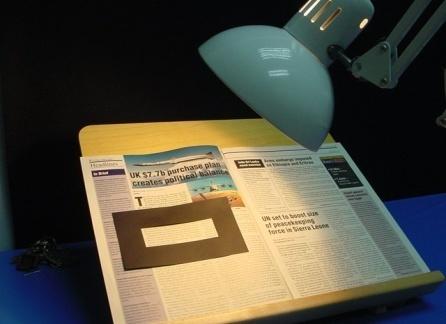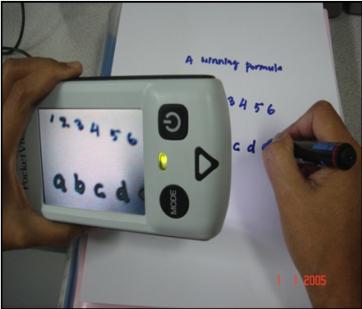Low vision is a condition where reduced level of vision vision and/or visual fields constricted and cannot be fully corrected by either medical and/or surgical treatment, using glasses or contact lenses in both eyes. Unlike a person who is blind, a person with low vision has some useful sight. However, low vision usually interferes with the performance of daily activities, such as driving or reading. A person with low vision may not recognized images at a distance or be able to differentiate colours of similar tones.
In Malaysia, The National Eye Survey 1996 estimated that there were 540,000 people with low vision and about 50,000 people who were blind. Prevalence of low vision was found to be 2.44% and those who were blind was 0.3%.
What is the definition of low vision?
Low vision is a condition where an individual has visual acuity is less than 6/18 up to 3/60 or when the visual field is less than 20 degrees in the better eye despite the best possible corrections.
Blindness (Legally blind) is defined as visual acuity less than 3/60 or visual field less than 10 degrees in the better eye with the best possible corrections.
A person with a visual acuity of 6/18 will only be able to see an object at 6 meters while those who have normal vision will see the same object in the same way when they are at 18 meters from the object.
What are the main causes of low vision?
- Untreated cataract
- Uncorrected blur
- Age Related Macular Degeneration (ARMD)
- Diabetic retinopathy
- Glaucoma
What are the signs that I have low vision?
- Difficulty recognizing objects at a distance (street signs or bus signs)
- Difficulty differentiating colours
- Difficulty seeing well up close (reading or cooking)
- Visual field size becomes smaller
- Combination of both reduced vision and constricted field
 Vision of individual who is normal |
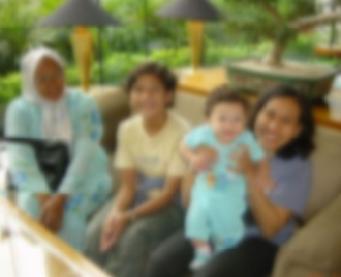 Vision of low vision individual due to blurring which is not being corrected |
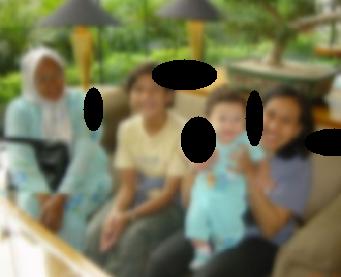 Vision of low vision individual due to diabetic retinopathy |
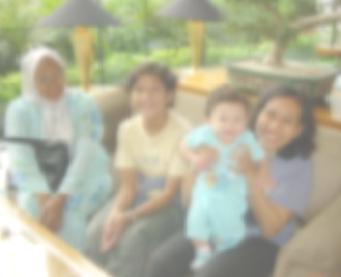 Vision of low vision individual due to cataract |
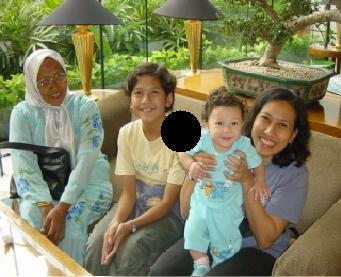 Vision of low vision individual due to ARMD |
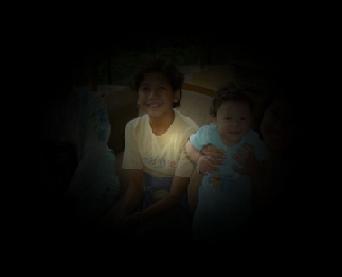 Vision of low vision individual due to glaucoma |
How to know if I have low vision?
Identification can be done through:
- Vision screening
- Regular interval and comprehensive eye examination
- Regular interval eye examination for patients with chronic diseases, for example, diabetes mellitus and hypertensive patients
What assistance can be offered if I have low vision?
Assistance that can be offered is low vision rehabilitation which include:
- Optical devices, for examples: magnifiers, telescopes
- Non-optical aids, for examples: extra illumination, typoscope, books with enlarged text, writing guides, clock with large numbers, keyboard with large letters
- Electronic devices, for example: close circuit television (CCTV), portable electronic devices
- Environmental modification
- Orientation and mobility training
- Counseling
|
|
Examples of non-optical aids : |
|
|
|
|
|
|
What I need to do if I have low vision?
What other agencies that can assist?
- Social Welfare Department (JKM), Ministry of Women, Family and Community Development, Malaysia
- Special Education Division, Ministry of Education, Malaysia
- Other non-government organisations
- Malaysian Association for the Blind (MAB)
- Society for the Blind Malaysia (SBM)
- St. Nicholas Homes Centre
- Sabah Society for the Blind (SSB)
- Sarawak Society for the Blind (SKSB)
References:
- Arthur S., 1999. A Review of Current Research on the Effect of Diabetes Mellitus on the Eye. Cli & Exp Optom. 82(3): 84-97.
- Barry L.C., 1999. Optometry, Public Health and Diabetes. Cli & Exp Optom. 82(3) 40-42.
- Chaudhry, M., 2006. Low Visions Aids. New Delhi: Jaypee Brothers Medical Publishers (P) Ltd.
- Colenbrander, A., 2003Aspects of vision loss – visual functions and functional vision. Vis Imp Res, 5(3): 115-136.
- Dickinson, C., 1993. A step-by step guide to low vision practice. Optician 5424(206):26-33.
- Grosvenor T., 2007. Primary Care Optometry: Care of the Vision-impaired Patient Chapter 19. Ed ke-5. Butterworth Heinemann Elsevier. China: 435-455.
- Leat, S.J. & Karadsheh, S., 1991. Use and non-use of low vision aids by visually impaired children. Ophthal. Physiol. Opt. 11(1): 10-15.
- Keeffe, J., Vision Assessment and Prescription of Low Vision Devices. Community Eye Health. 17(49): 3-5.
- Omar, R., Knight, V.F., & Mohammed, Z., 2009. Effectiveness of Low Vision Devices in a Special Education School. Sains Malaysiana 38(5): 799–804.
- Omar, R., Knight, V.F., & Mohammed, Z., 2008. The Causes of Low Vision and Pattern of Prescribing at UKM Low Vision Clinic. Jurnal Sains Kesihatan Malaysia. 6(2): 55-64.
- Pararajasegaram, R., 2004. Low Vision Care: The Need to Maximise Visual Potential. Community Eye Health. 17(49): 1-3.
- Robyn, G., 2003. Review the Genetics of Age-related Macular Degeneration Cli & Exp Optom. 84(4):182-190.
- WHO. 2001. Classification, Assessment, Surveys, and Terminology Team. ICIDH-2: International Classification of Functioning, Disability and Health: Final Draft, Full Version, 10th revision. Geneva, Switzerland: World Health organization.
- Zainal, M., Ismail, S.M., Ropilah, A. R., Elias, H., Arumugam, G., Alias, D., Fathilah, J., Lim, T. O., Ding, L. M. & Goh, P. P., 2002. Prevalence of Blindness and Low vision in Malaysian Population: Results from the National Eye Survey 1996. Br J Ophthalmol. 86: 951–956.
- Omar, R. 2010. Low vision rehabilitation can improve quality of life. Jurnal Kebajikan Masyarakat Vol.36 Edisi Jun 2010 (in press)
| Last Reviewed | : | 23 August 2019 |
| Writer/Translator | : | Prof. Madya Dr. Rokiah Omar |
| Accreditor | : | Hjh. Che Ruhani Che Jaafar |
| Reviewer | : | Dr. Rosniza Ab. Razak |


